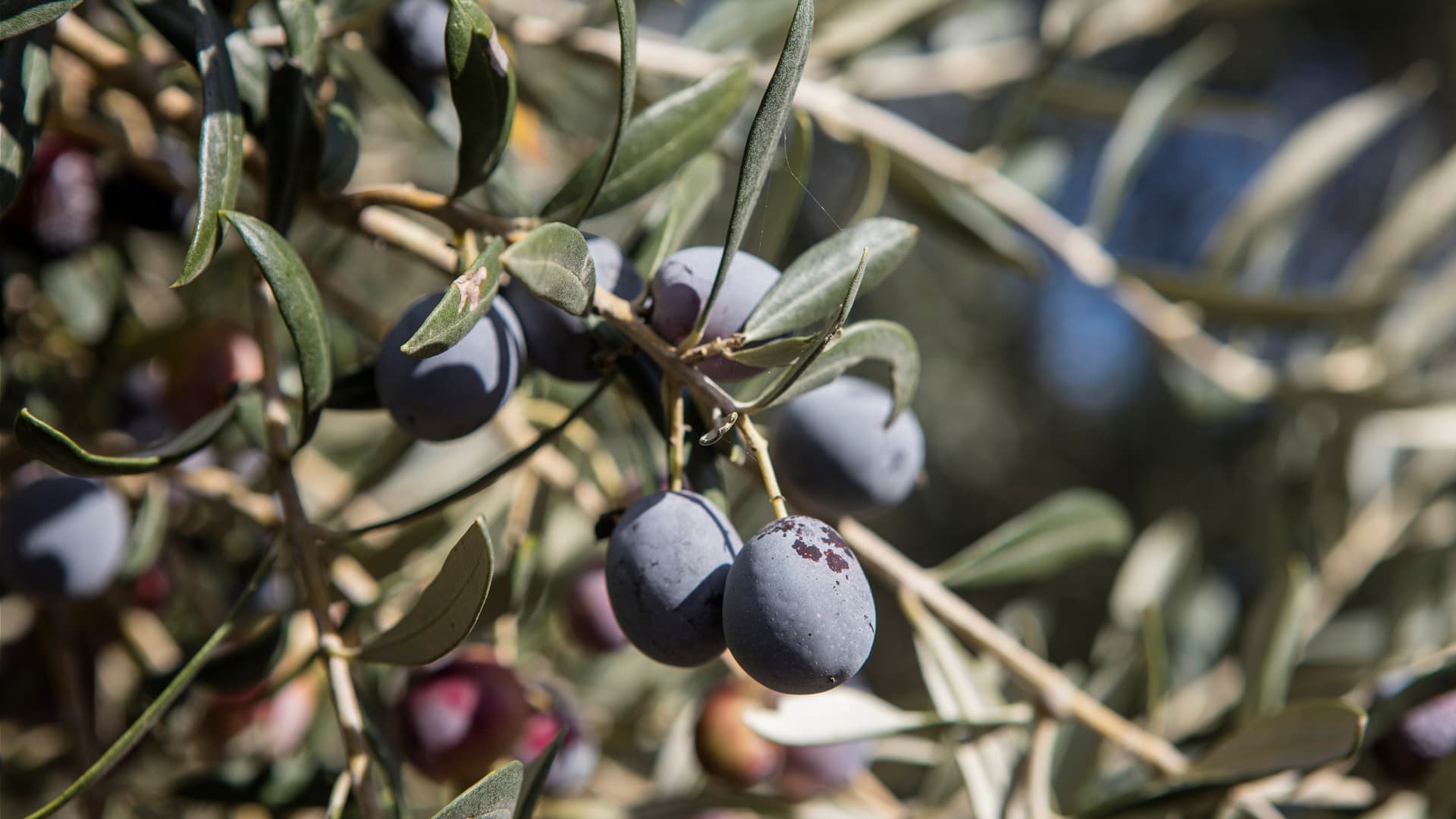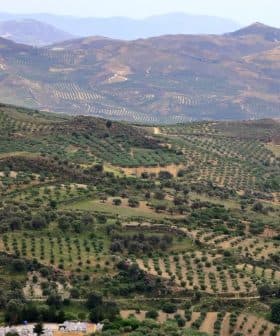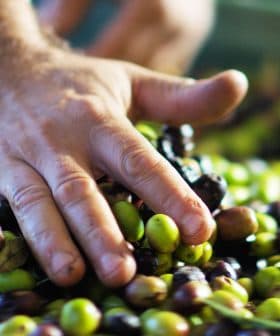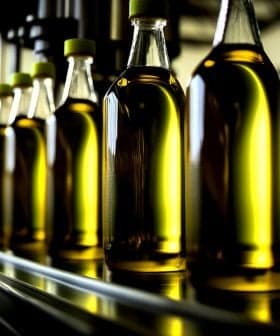Labor Shortage Cripples Spanish Olive Harvest

A lack of workers in Spain has caused 15% of fruit for table olive production to go unharvested, particularly in the Andalusian province of Seville. Despite challenges, Spanish table olive producers have harvested 480,000 metric tons this year, with the potential to reach 550,000 tons, but face threats of additional tariffs from the incoming administration of U.S. President-elect Donald J. Trump.
Sector officials have said that fifteen percent of the fruit destined for table olive production remains unharvested in Spain due to a lack of workers, with the table olive campaign approaching its conclusion.
Most of these unpicked olives are in the Andalusian province of Seville and predominantly correspond to the Manzanilla and Gordal varieties.
Due to higher levels of mechanization, Hojiblanca table olives have mostly been harvested, but an estimated five percent of these olives were left unpicked due to a lack of workers.
See Also:Officials in Spain Optimistic Ahead of Harvest as Prices Remain Elevated“Labor is the main challenge facing the agricultural sector, especially for table olives,” Gabriel Cabello, president of table olives at Cooperativas Agro-alimentarias, told local radio station Andalucía Capital.
Other officials from large cooperatives confirmed to Olive Oil Times that finding enough workers for the harvest is becoming increasingly challenging, with many young Spaniards leaving rural areas for larger urban centers.
Economic migrants from North Africa have increasingly filled the gap, but officials said they often leave for different employment opportunities after the harvest.
This creates an annual turnover that adds to the economic burden of table olive producers who do not benefit from the increased efficiency of an experienced workforce and must spend time instructing new workers.
While a growing body of research in California has demonstrated the efficiency of mechanical table olive harvesters, Manzanilla and Gordal varieties cannot be effectively mechanized without bruising the fruit and harming quality.
Despite the perennial challenges created by labor shortages, Spanish producers have harvested 480,000 metric tons of table olives this year, of which 96 percent has come from Andalusia.
“The results of the campaign have been satisfactory,” Cabello said, “much better than the predictions made at the beginning of the harvest.”
He added that table olive production could reach 550,000 tons, exceeding the prediction of 492,250 tons made in September and far surpassing 2023’s total of 408,790 tons.
Spain is the world’s third-largest table olive producer after Egypt and Turkey, with 197,335 hectares of olive groves dedicated to table olive production – four percent of the country’s total olive groves – and another 77,650 hectares planted with dual-use varieties.
Cabello acknowledged that both countries have become increasingly competitive in the global table olive market with rapidly increasing production and lower harvesting costs than Spain.
While plentiful rainfall across the Iberian peninsula has allowed the table olive harvest to rebound, Cooperativas Agroalimentarias cited the threat of additional tariffs from the incoming administration of United States President-elect Donald J. Trump as another headwind facing the sector.
According to Antonio de Mora, secretary general of the Association of Table Olive Exporters (Asemesa), the 35 percent tariffs imposed on Spanish black table olives in 2017 by the previous Trump administration have already led to €260 million in losses.
De Mora added that the tariffs permanently reconfigured the market, with Spanish producers losing 70 percent of their U.S. market share and exporters from Egypt, Turkey and Morocco coming in to fill the void.
Trump, who will not take office until the end of January, has already announced plans to impose tariffs on Canada, China and Mexico. During the campaign, he said he planned to impose tariffs of between 10 and 20 percent on all imported goods.
Cabellos warned that Spanish green table olive exports may also fall into the crosshairs of a second Trump administration.
“We are accustomed to the tariffs,” he said. “All signs point to Donald Trump continuing to use protectionist policies in the United States.”
“Let’s remember that green table olives and olive oil faced a tariff stemming from the conflict between Airbus and Boeing,” Cabellos added. “These tariffs were suspended for five years, but with the arrival of Trump, we do not know what could happen.”









